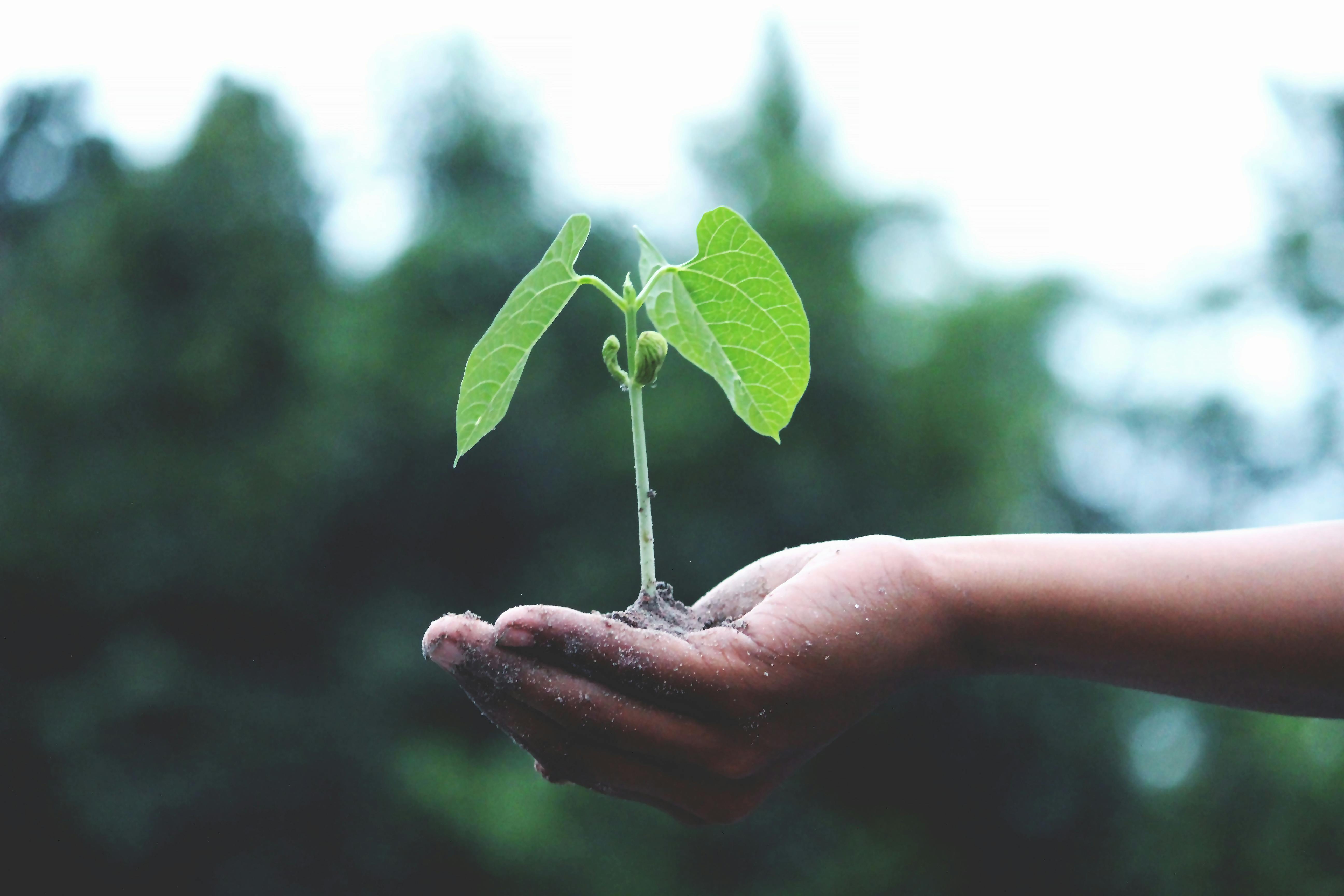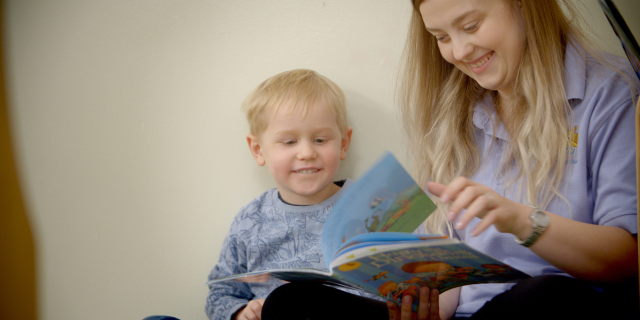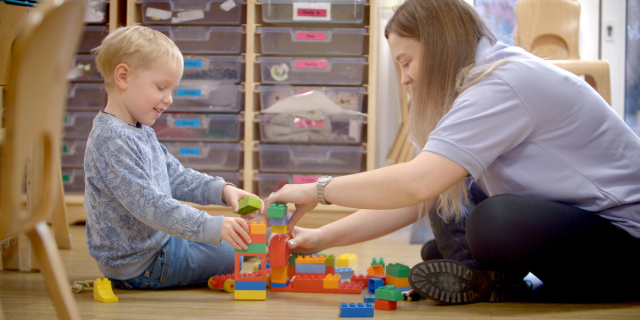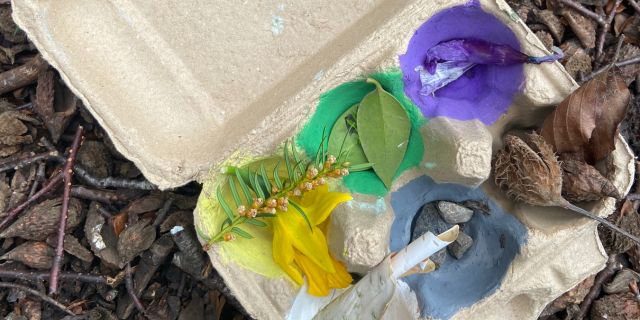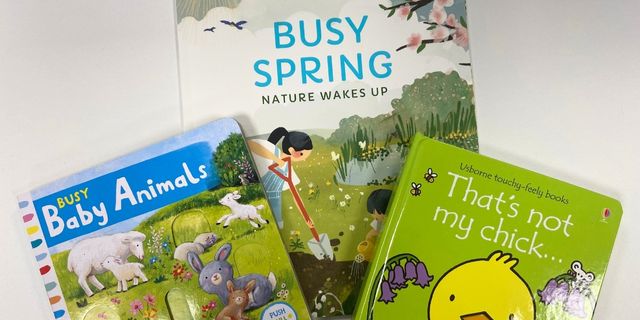School Readiness at Home
School Readiness Programme: I can go to the toilet independently and wash my hands
School Readiness at Home

What should your child drink and when, to have a healthy bladder?
These early years are so important to encourage healthy choices and associations that your child will carry with them for the rest of their lives.
An average cup size for a 4-5 year old is between 150 and 175ml. Water is the best liquid to provide your child to drink, as well as 2-3 glasses of milk a day as part of a balanced diet. If you child likes fresh juice or squash, ensure this is diluted with water.
Avoid caffeinated and sweetened drinks, such as tea and coffee or fizzy drinks. These should be saved as a treat for when they are older.
Get into the habit of giving your child a drink no later than an hour before bedtime. If your child wakes in the night, just offer water. Some children do struggle to get dry at night. In that case, make sure they only have a small cup of water if they’re thirsty, no later than an hour before bed. No more after that till morning.
You can find more information that may help, here: ERIC’s Guide to Night Time Wetting
Drinking Chart
- The quantity of liquid we consume will be different from child to adult. However, we should all have at least 6 – 8 drinks every day.
- Monitor your child’s consumption and plan when it is best for them to have their drinks, using our chart (download your copy below).
- Fill in the times that suit your child best, such as ‘on waking’ or ‘after breakfast’, rather than going by the clock. This will encourage your child to get into the habit of drinking at regular intervals throughout the day.
- When your child finishes a drink, they can put a Roo sticker in the relevant box on the chart.
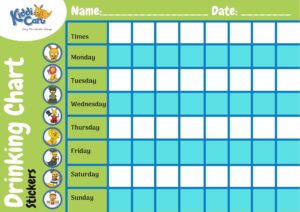
Download
What does a healthy bowel look like?
It is important to provide your child with nutritious, wholegrain foods and fresh fruits and vegetables everyday, to make sure they are given the healthiest start in life. You will see their healthy diet reflected in the stools they create. For a healthy bowel, children and adults alike, should avoid processed food with high sugar and saturated fats.
Make sure to let your child know that they should not hold it in when they need to poo. Instead, they should let you know as soon as possible so you can go to the toilet with them. By instilling the confidence in your child, to ask an adult when they need the toilet, will help them to do the same once they go to school. If they are embarrassed to ask, this may cause them bowl problems or accidents.
We understand that as adults it can be frustrating to ask your child if they need the toilet, receive a ‘no’, to then be told they need to go as soon as you leave the house. However, to encourage positive associations with toileting, make every effort possible to have your child access a toilet when asked. Also, it is a good idea to ask your child to use the toilet rather than posing it as a question, as the answer will often be ‘no’.
If your child is over 4 years old, they should be passing figure 4 in the below diagram approximately four times a week. If they are passing fewer than four poos a week and they are reflecting any of the other images, then they may be constipated. If you believe your child may be constipated, please consult your doctor.
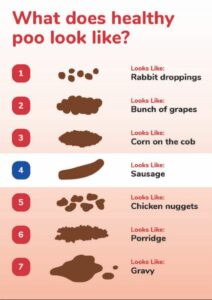
Can a school deny my child’s admission if they are still in nappies?
No, The Equality Act 2010 states that schools must not discriminate against or disadvantage disabled children or those with educational needs. A delay in being toilet trained is considered a disability.
If your child is not toilet trained before starting school, the school should not put pressure on you to send them in wearing a nappy, ‘just in case’ an accident should occur. Instead, you should work together to identify an appropriate option, such as putting a small pad in your child’s underwear or washable absorbent pants.
Some parents may be worried that their child’s School will call them in to change their child’s underwear if they have an accident. Staff should use their discretion and judge in regard to each case, for example if they believe that your child’s accident is linked to a health problem, such as constipation. However, it is not generally acceptable practice for schools to ask the child’s parent/carer to come in to change them after an accident.
It is tantamount to abuse to force or allow a child to sit in wet or soiled underwear until their parent or guardian can come in to change them. There is also no minimum requirement for staff members to change a child.
How to Have Happy Clean Hands?
It is vital to encourage good hygiene practise with children from an early age. Little ones should always wash their hands after using the toilet but also:
- before eating or handling food
- after blowing their nose, sneezing or coughing
- before and after playing outside
- after touching animals, including pets and their food
Even children that are not yet toilet trained should be washing their hands in relation to the above examples.
Children learn through imitation and practice – and you are one of the most important role models to them, they will be copying you the most. So, you need to demonstrate good hygiene habits yourself and reinforce them with your child, to ensure they get used to knowing how and when to wash their hands.
During these times, not only washing your hands, but washing them correctly is paramount. Please see our guide below on how to wash your hands to eliminate the most germs:
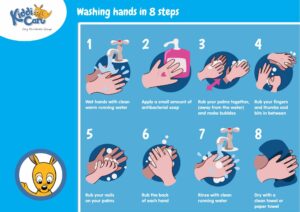
Download your own copy and stick it up next to the sink to help your child to master the technique.
Download
Alternatively, you can play the ‘Wash your hands’ video by Boogie Mites. By making an everyday task fun, your child is more likely to learn, remember and get involved willingly.

Share this article
Related blog/news
Swipe to see our latest articles.
